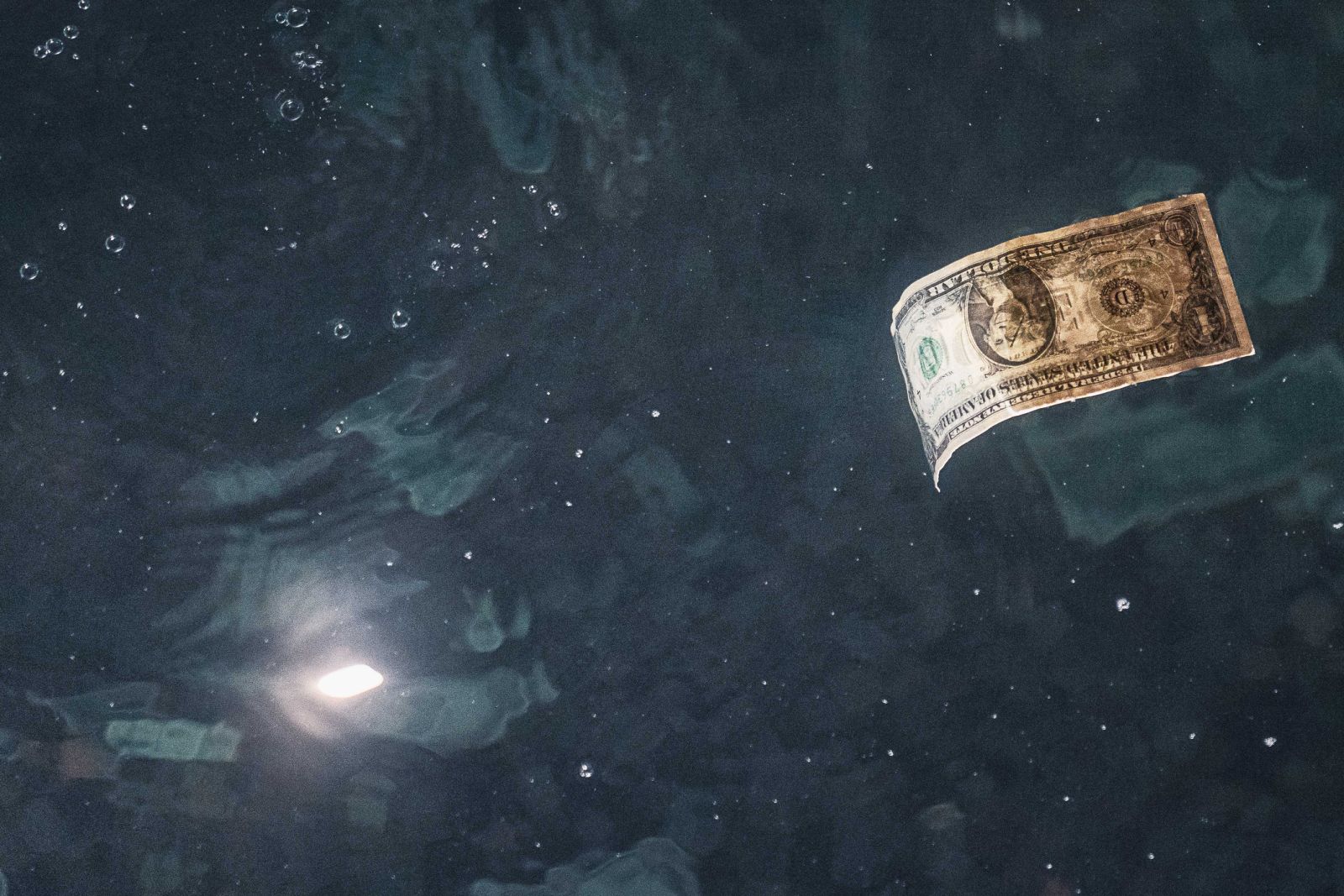
The dollar index (DXY00) on Friday fell by -0.12%. The ongoing shutdown of the US government weighed on the dollar as the shutdown entered its third day on Friday. The longer the shutdown is maintained, the more likely the US economy will suffer, and GDP growth will stagnate, a negative factor for the dollar. The dollar extended its losses Friday after the Sep ISM services index fell more than expected to a 4-month low. The dollar recovered from its worst level on Friday due to hawkish comments from Chicago Fed President Austan Goolsbee and Dallas Fed President Lorie Logan, who cautioned against additional rate cuts from the Fed.
The US Sep S&P composite PMI was revised upward by +0.3 to 53.9 from the previously reported 53.6.
The US Sep ISM services index fell -2.0 to a 4-month low of 50.0, weaker than expectations of 51.7. The Sep ISM services price paid sub-index unexpectedly rose +0.2 to 69.4, higher than expectations of a decline to 68.0.
Chicago Fed President Austan Goolsbee cautioned against the Fed front-loading too many interest rate cuts, saying, "The uptick of inflation that we've been seeing, coupled with the jobs, payroll numbers deteriorating, has put the Fed in a bit of a sticky spot where you're getting deterioration of both sides of the mandate at the same time."
Dallas Fed President Lorie Logan said the Fed "needs to be cautious about further rate cuts from here," as inflation is further away from the Fed's target than the maximum employment goal.
The markets are pricing in a 97% chance of a -25 bp rate cut at the next FOMC meeting on Oct 28-29.
EUR/USD (^EURUSD) on Friday rose by +0.22%. Friday's weaker dollar was supportive of the euro. Also, hawkish comments on Friday from ECB Governing Council member Wunsch gave the euro a boost when he stated that the ECB's current policy settings are appropriate for keeping inflation in check. Gains in the euro were limited after Eurozone Sep producer prices contracted more than expected, a dovish factor for ECB policy.
The euro also has support from central bank divergence, as the markets view the ECB as largely finished with its rate-cut cycle, while the Fed is expected to cut rates by roughly two more times by the end of this year.
Eurozone Sep PPI fell -0.3% m/m and -0.6% y/y, weaker than expectations of -0.1% m/m and -0.4% y/y, with the -0.6% y/y fall the largest year-over-year decline in 9 months.
ECB Governing Council member Wunsch said that ECB policymakers have found the "perfect calibration" for interest rates and policy settings, which is appropriate to ensure that consumer prices rise in line with the 2% target in the medium term.
Swaps are pricing in a 1% chance of a -25 bp rate cut by the ECB at the October 30 policy meeting.
USD/JPY (^USDJPY) on Friday rose by +0.15%. The yen was under pressure Friday after Japan's Aug jobless rate rose more than expected to a 13-month high, a dovish factor for BOJ policy. Also, dovish comments from BOJ Governor Ueda were bearish for the yen when he stressed the importance of keeping accommodative financial conditions, reducing expectations of a BOJ interest rate hike later this month. In addition, higher T-note yields on Friday weighed on the yen.
Losses in the yen were limited due to higher Japanese government bond yields as the 10-year JGB bond yield climbed to a 17-year high on Friday at 1.675%. Short covering also gave the yen a boost on Friday ahead of Saturday's election for the next leader of the ruling Liberal Democratic Party.
The Japan Aug jobless rate rose +0.3 to a 13-month high of 2.6%, showing a weaker labor market than expectations of 2.4%.
The Japan Sep S&P composite PMI was revised upward by +0.2 to 51.3 from the previously reported 51.1.
December gold (GCZ25) on Friday closed up +40.80 (+1.05%), and December silver (SIZ25) closed up +1.593 (+3.45%). Precious metal prices rallied sharply on Friday, with Dec silver posting a contract high and nearest-futures (V25) silver posting a 14-year high. Friday's weaker dollar was bullish for the metals market. Also, Friday's shutdown of the US government for a third day boosted safe-haven demand for precious metals. Precious metals continue to receive safe-haven support due to uncertainty tied to US tariffs, geopolitical risks, and global trade tensions. Also, President Trump's attacks on Fed independence are boosting demand for gold, as he attempts to fire Fed Governor Cook. Additionally, Stephen Miran's intention to be a Fed Governor while still technically holding his White House job on the Council of Economic Advisors contributes to this uncertainty.
On Wednesday, nearest-futures (V25) gold prices rose to a record high of $3,891.90 a troy ounce. Recent weaker-than-expected US economic news has bolstered the outlook for the Fed to keep cutting interest rates, a bullish factor for precious metals. The swaps market shows a 97% chance the Fed will cut the federal funds target range by 25 bp at the October 28-29 FOMC meeting.
Precious metals prices continue to receive support from fund buying of precious metal ETFs. Gold holdings in ETFs rose to a 3-year high on Thursday, and silver holdings in ETFs rose to a 3-year high on Wednesday.







